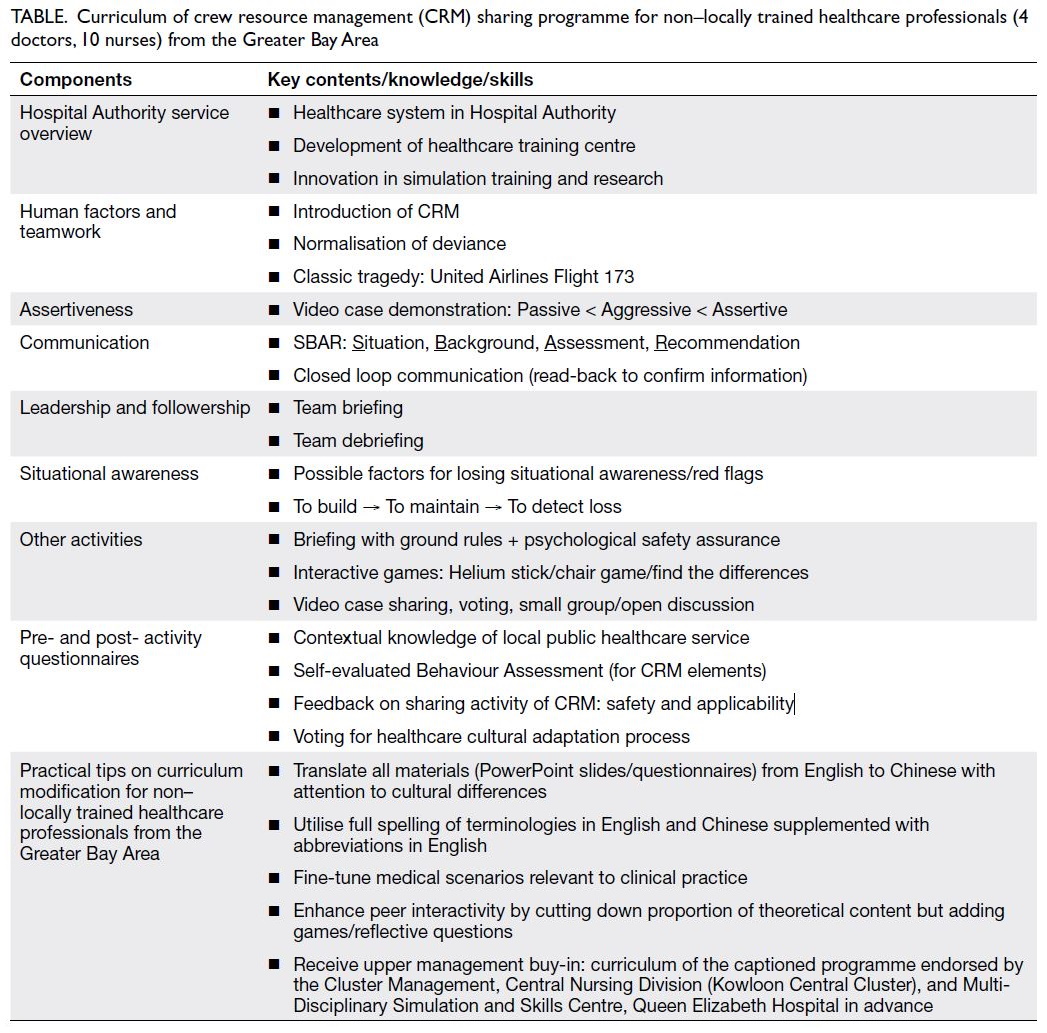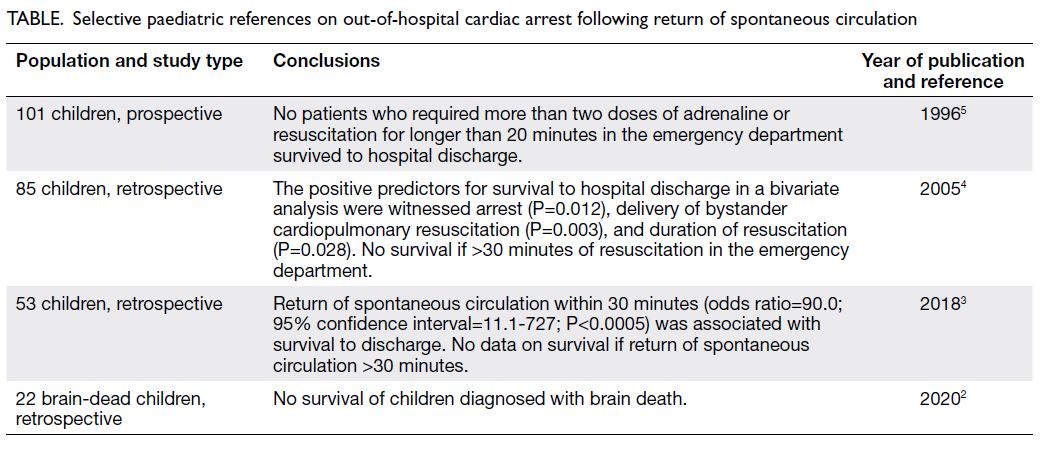Secondary use of dried blood spots from newborn screening
Hong Kong Med J 2024 Aug;30(4):338 | Epub 16 Jul 2024
© Hong Kong Academy of Medicine. CC BY-NC-ND 4.0
LETTER TO THE EDITOR
Secondary use of dried blood spots from newborn screening
Christy WM Leung, MB, ChB1; NS Cheng, DNurs2; TF Leung, MD, FRCPCH2,3
1 Faculty of Medicine, The Chinese University of Hong Kong, Hong Kong SAR, China
2 Department of Paediatrics, The Chinese University of Hong Kong, Prince of Wales Hospital, Hong Kong SAR, China
3 Hong Kong Hub of Paediatric Excellence, The Chinese University of Hong Kong, Hong Kong SAR, China
Corresponding author: Prof TF Leung (tfleung@cuhk.edu.hk)
To the Editor—The opt-in, territory-wide Newborn
Screening Programme for Inborn Errors of
Metabolism relies on collection of a newborn’s dried
blood spot (DBS) at birth. The residual DBS (rDBS)
samples contain genetic material and may be stored
for secondary research purposes. Nonetheless
according to the findings by Ngan et al,1 not all
healthcare professionals are confident in explaining
to hesitant parents the secondary benefits of the
Programme. Below is an example of how rDBS may
be utilised for translational research through analysis
of genes in samples.
Acute lymphoblastic leukaemia is a
common childhood malignancy of multifactorial
pathogenesis and may present before 12 months
of age2; such an early onset has inspired research
into any prenatal gene abnormalities in diagnosed
individuals. Related chromosomal aberrations such
as BCR-ABL1 translocation and high hyperdiploidy
have been detected in rDBS samples of individuals
subsequently diagnosed with acute lymphoblastic
leukaemia,3 suggesting in-utero involvement. Closer
monitoring of genetically high-risk children may
facilitate timely detection of any cancer, although
such cost-effectiveness is yet to be assessed.
Clinical application of rDBS research is still
in its infancy but has potential in population-wide
disease tracking and epidemiological studies.
Equipping healthcare professionals with updates on
relevant studies may facilitate communication with
prospective parents. It is hoped that more parents
will opt in and contribute precious rDBS samples to
the scientific community.
Author contributions
Concept or design: CWM Leung.
Acquisition of data: CWM Leung.
Analysis or interpretation of data: CWM Leung.
Drafting of the manuscript: CWM Leung, NS Cheng.
Critical revision of the manuscript for important intellectual content: NS Cheng, TF Leung.
Acquisition of data: CWM Leung.
Analysis or interpretation of data: CWM Leung.
Drafting of the manuscript: CWM Leung, NS Cheng.
Critical revision of the manuscript for important intellectual content: NS Cheng, TF Leung.
All authors had full access to the data, contributed to the study, approved the final version for publication, and take responsibility for its accuracy and integrity.
Conflicts of interest
All authors have disclosed no conflicts of interest.
Acknowledgement
The authors thank Mr Samson Mak for providing medical editing support.
Funding/support
This letter received no specific grant from any funding agency in the public, commercial, or not-for-profit sectors.
References
1. Ngan OM, Tam CJ, Li CK. Exploration of clinical and
ethical issues in an expanded newborn metabolic
screening programme: a qualitative interview study of
healthcare professionals in Hong Kong. Hong Kong Med J
2024;30:120-9. Crossref
2. Cheng FW, Lam GK, Cheuk DK, et al. Overview of
treatment of childhood acute lymphoblastic leukaemia
in Hong Kong. Hong Kong J Paediatr (new series)
2019;24:184-91.
3. Rüchel N, Jepsen VH, Hein D, Fischer U, Borkhardt A,
Gössling KL. In utero development and immunosurveillance
of B cell acute lymphoblastic leukemia. Curr Treat Options
Oncol 2022;23:543-61. Crossref



